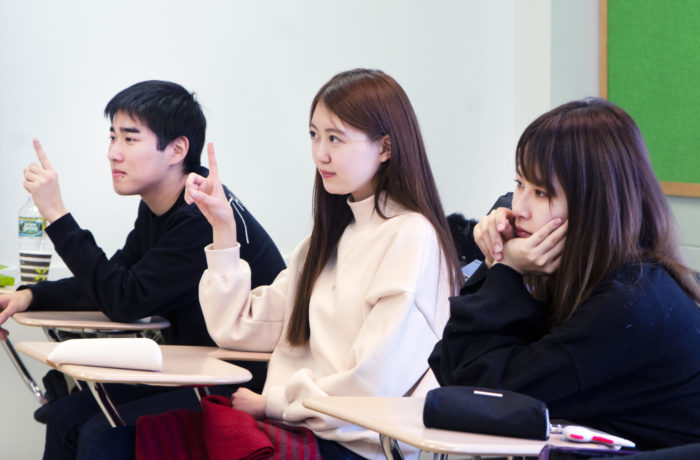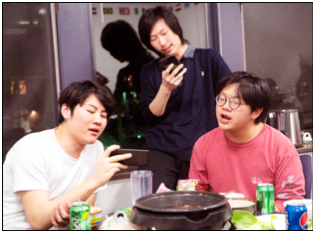By Jacek Deptula
Two untouched images with colorful and vibrant streams, spheres, and waves hang next to each other, yet completely different in origin. A cosmic image of a cluster of stars in a nebula is complimented by a fluorescent display showing the division of kidney cells.
These two beautiful images of merged science come from a new art exhibit in McCarthy Arts Center highlighting beautiful imagery found in nature at both the microscopic and galactic levels.
The object of the exhibit is to show how both phenomena in space and in the microscopic world could be as beautiful as a painting.
“I see these images all the time and I find them aesthetically really beautiful,” said Professor Ruth Fabian-Fine, professor of biology and neuroscience, who hosted the exhibit along with Will Mentor, professor of fine arts.
The art comes from a variety of scientists, as well as student work of images taken from last spring semester’s Developmental Biology class of vivid microscopic images.
Next to students’ microscope images hang images from the NASA’s Hubble Space Telescope.
In regards to why the exhibit was created, Professor Fabian-Fine said, “We thought it was sad that people could not see these images, and why don’t we put these together?”
The group project originated with Fabian-Fine, who provided the images in the museum after Mentor, who is responsible for hanging and arranging them. The images themselves were not at all modified in any major way, said Fabian-Fine
Fabian-Fine said she found the process natural while collaborating on this exhibit. “I truly believe that many scientists are artists and many artists are scientists,” said Professor Fabian-Fine.
“A big factor of this exhibition is also the natural images, such as the colors and shapes belonging to animals and plants,” said Professor Fabian-Fine.
The exhibit itself started out as an assignment in class in order to map the reproductive cycle of fruit flies. “These images turned out very beautiful. Not only showing what we went through in class in theory, but bringing this visually beautiful image.”
From start to finish, the process in collecting these pieces, from a variety of scientists on campus and elsewhere, took roughly two months. “It was a lot of work, even though it doesn’t looks like a lot of work,” said Professor Fabian-Fine, explaining that it took time to collect the captions that accompany.
“We wanted to get some informational value, so people will understand what they look at,” said Fabian-Fine, explaining the care it took in the exhibitions development.
Brian Collier, Fine-Arts professor, helped both Professors Fabian-Fine and Mentor in securing the logistics required. “She [Professor Fabian-Fine] and Professor Mentor came up with the idea of the show, she curated the show and I just supported it and by doing the reception and setting up the website.” Professor Collier said.
The exhibition first opened on Sept. 7, 2017 when McCarthy Hall hosted a free opening reception for any and all students to attend.
The exhibition itself is funded through the Marc and Dana VanderHeyden Endowment of the Arts. The art exhibition is open until Oct. 13.





